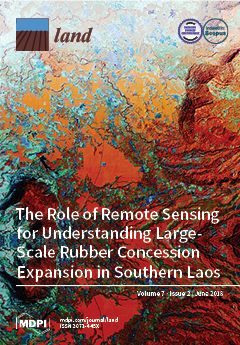Resource information
Increases in human population and per-capita consumption are putting enormous pressure on land resources. About 38% of the Earth’s land area is being used in agricultural production [1], with about half (ca. 31%) of the remaining land being under forest cover [2] and the other half being less suitable for agricultural production due to edaphic, topographic and/or climatic factors. Despite the fact that over the last three decades the world food production has doubled [3], about 1 in 9 people in the world is still undernourished [4]. This poses the global challenge of increasing food security without exacerbating serious environmental problems, such as loss of biodiversity [5], greenhouse gas emissions [6], soil degradation [7], and alteration of hydrological cycles [8], among many others. While these issues are of global relevance, we recognize that they are local in nature since their effects are felt locally, while the actions on the land are performed by local actors whose decisions are driven not only by global [9,10], but also by regional [11] and local [12] forces.


